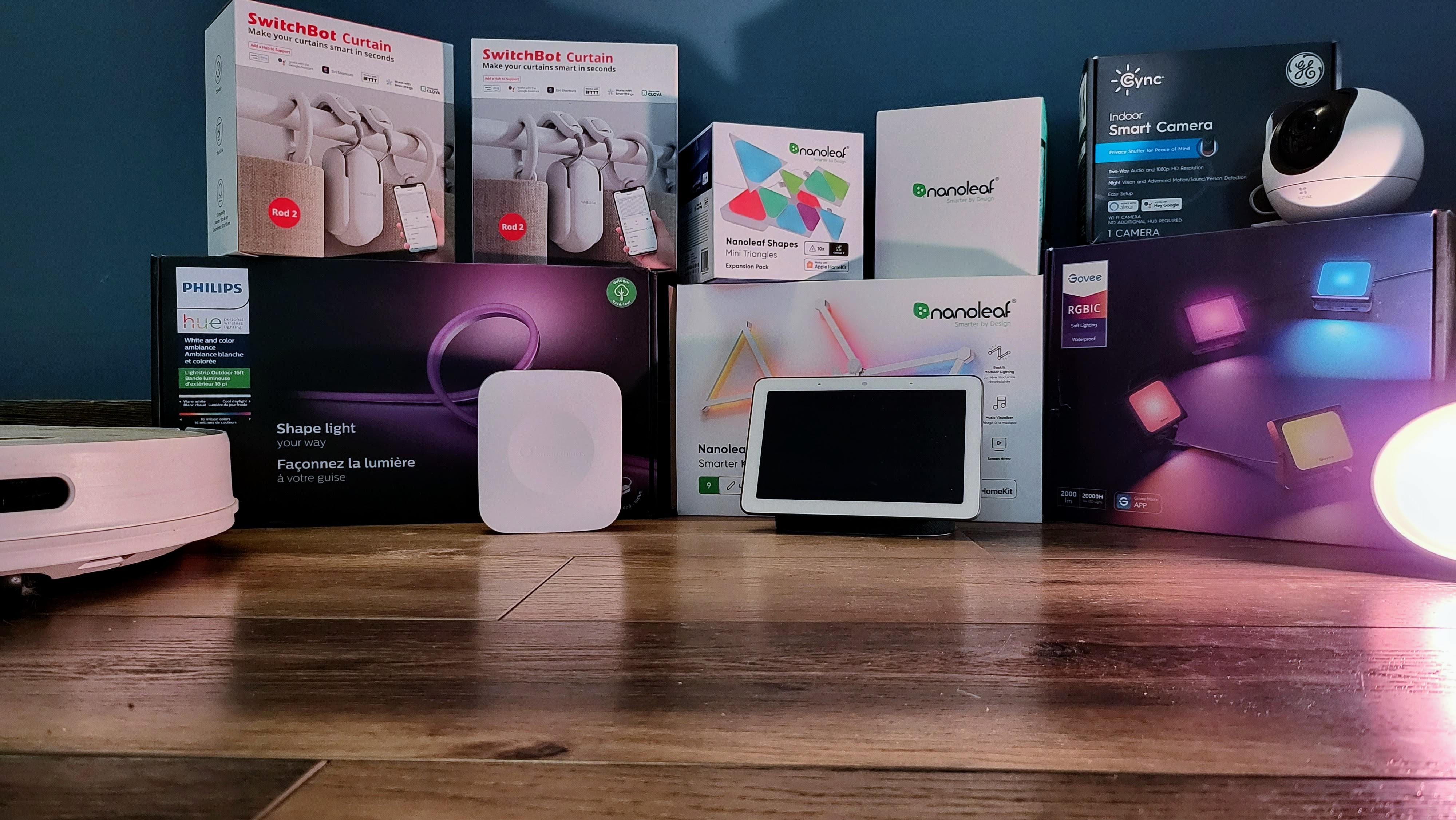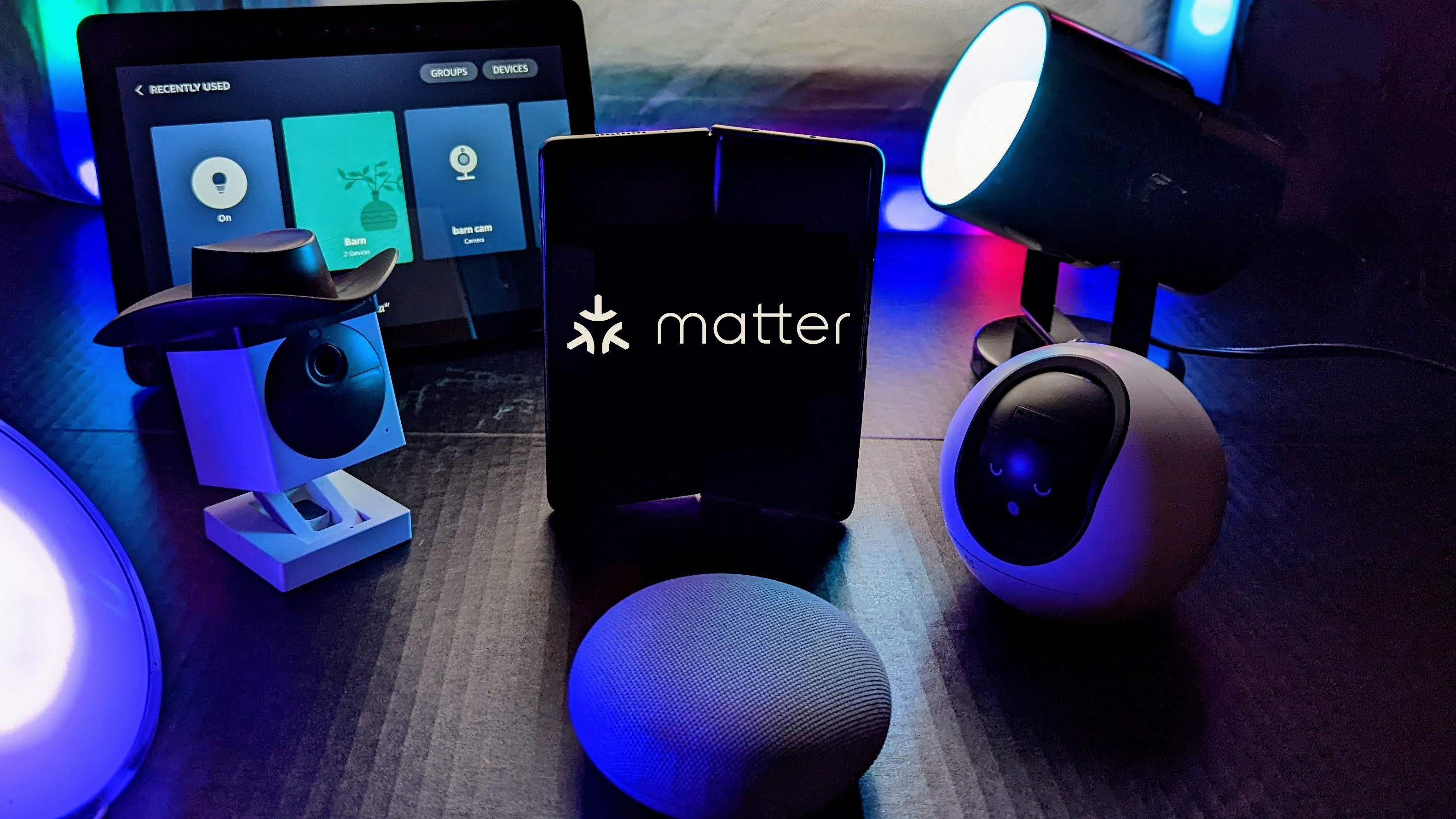How we test and review smart home devices at Android Central
The biggest and best smart home device reviews around.

Unless you spend a lot of time watching the world of smart home devices, and even then, it may not be enough, it can be tough to keep up with all the changes. The category encompassing smart home products is extremely broad, with many companies in the mix. So, we take it upon ourselves to try and stay up to date with that space so you don't have to.
When it comes to reviewing smart home products, we look at it from the average consumer's perspective while not excluding the more advanced users. We look at the various product categories within the overarching smart home space to find products that are reaching a commonality — like light bulbs, video doorbells, and smart speakers, to make sure that we evaluate the values, features, and ease of use for each product.
But we don't ignore the broader ecosystem that includes robot vacuums, security cameras, lawn mowers, battery back-up, and more to ensure we are doing our best to keep you informed on the exciting world of smart home products. Let's break down a few of the key points that we look at and how they are evaluated.
Ecosystem compatibility

Sometimes it seems as though there are as many device ecosystems as smart home products. While choice is a good thing, with so many choices, it can be challenging to narrow down which brands and devices to get. This is why ecosystem compatibility is one of the initial places we look when evaluating smart home devices.
When devices are spread across multiple brands, managing those devices can get a bit messy. But the key part in this smart home jigsaw puzzle we're trying to put together is are those products compatible with larger services — like Google Assistant, Amazon Alexa, SmartThings, and more. This is because each of those brands will have its app to set up and control its devices — which isn't necessarily bad.
Ensuring a product can link with these other services does a few things. It means each device has to adhere to certain standards set forth by those ecosystems to ensure proper connectivity and security requirements. It also allows you to use a single app like Google Home, Alexa, or SmartThings, to control the devices either by voice or in the app directly. While some product-specific features may still require the manufacturer's app, many of the basic functions are available — and sometimes more or better options — in the broader ecosystem's apps.
Connectivity standards

Much like ecosystems, there are multiple connectivity standards that smart home devices use to communicate both with each other and their overall platform. Currently, the most common are Wi-Fi, Bluetooth, Zigbee, and Z-Wave. Each of these has its own merits as to why manufacturers choose to use them. But not every device uses or is compatible with the others, leading to disconnects between devices and brand interoperability.
Be an expert in 5 minutes
Get the latest news from Android Central, your trusted companion in the world of Android
Bluetooth can be great for devices when you are near them or when the internet is down, but it can't help when you aren't at home or near the smart home devices. Wi-Fi opens up a lot more features and control options. It also means that compatible products can work remotely when you're away and, if certified, will connect with services like Google Assistant and Alexa.
Zigbee and Z-Wave work similarly to Bluetooth in that they are close-range communication standards that can create a network of devices using that same language. These devices also usually require some form of hub or bridge to connect them to the internet. For example, Philips Hue has added Bluetooth support to many of its smart lighting products, but to access the full breadth of features, you'll need the Hue Bridge, which combines Zigbee and Wi-Fi.
Earlier, when I said that Wi-Fi, Bluetooth, Zigbee, and Z-Wave were the current common standards, it is because there are a couple of promising options on the horizon that aim to solve much of the disconnect between standards and devices. Thread and Matter are being developed in a collaborative effort to help them to work with a broad range of brands and devices for a more inclusive smart home ecosystem. You can find out more about Matter and Thread here.
Support

No matter what we buy as consumers, if there are problems or questions about the product — we want to get help with it. Device support is important for smart home devices because aside from the fact that you want what you purchased to work properly, in instances like security cameras and smart locks — it can be an issue of safety when they fail.
Looking for smart home devices with a good track record of helpful product support from the manufacturer is only part of the equation. We also try to find active member-driven support as well. These groups can help glimpse whether the manufacturer is standing behind its products and how frequently devices are failing.
Smart home devices can potentially be security issues themselves if not properly supported. So, ensuring smart home device manufacturers are there for you when you need help with a product is equally important as those brands supporting the devices behind the scenes. Checking that brands are supporting their devices also means that the apps and hardware itself are kept up to date with security batches.
Hardware and design

Lastly, if you are putting something in your home or getting something for it, you likely want it to be well-built and look good. While what looks good and what doesn't can be very subjective, we try to find various styles that will give everyone something of good quality to pick from.
We try to review products that can fit into a modern home following cues from current design trends, ones designed to work in various architectural styles, retro-styled products, and more to help buyers to be able to incorporate smart home devices into their homes and still maintain the style the owners have worked hard to curate.
What's less subjective than design is build quality. When you pick something up and can feel how flimsy it is or that it rattles when it shouldn't, are giveaways that that product likely won't last long. We consider current power standards like using USB-C over micro-USB, whether the device offers 2.4Ghz and 5Ghz Wi-Fi, and more.
Final score
Lastly, after taking all of that into account and then spending time actually using the smart home devices, we give them a score. The score combines all of the metrics discussed, usability, and how well the advertised features work. This is to give potential buyers an easy, at-a-glance way to see if finding out more about a product is worth their time and money. Because at the end of the day, we are consumers and users just like our readers, and we don't want to suggest a product if we wouldn't use it ourselves.
For more information about our review awards and our team of reviewers, be sure to have a look at our broader guide on how we test and review on Android Central.
